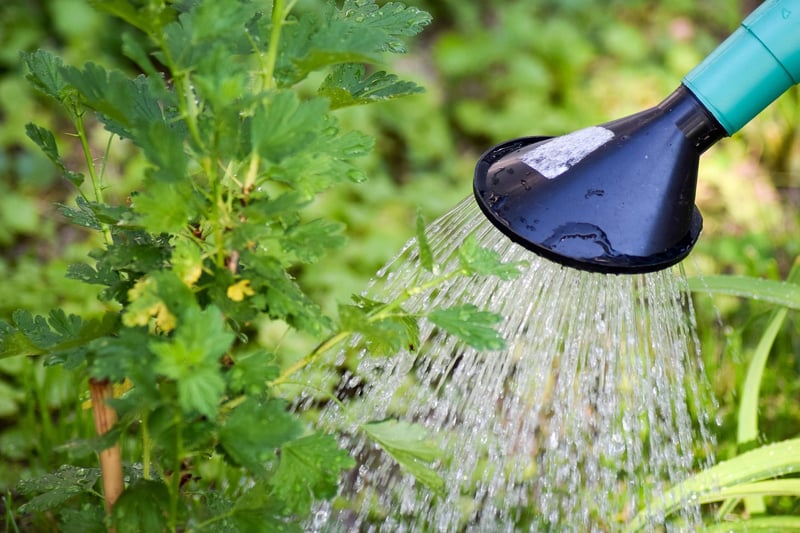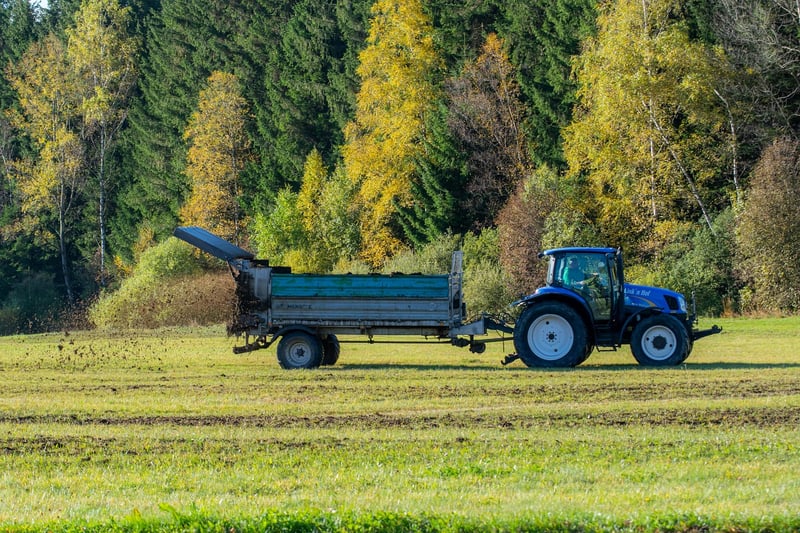Fertilizing Guide
Plant Care 101: Your Ultimate Guide to Keeping Your Plants Thriving
The Importance of Proper Plant Care
Plants are not just decorative additions to your home; they also provide numerous health benefits by improving air quality and reducing stress. To ensure your plants thrive, it's essential to understand the basics of plant care.
Watering
One of the most critical aspects of plant care is proper watering. Different plants have varying water needs, so it's crucial to research each plant's specific requirements. Overwatering can lead to root rot, while underwatering can cause wilting and stunted growth.
Lighting
Light is essential for photosynthesis, the process through which plants produce energy. Make sure to place your plants in locations that receive adequate sunlight based on their light requirements. Low-light plants, for example, thrive in indirect sunlight, while high-light plants need direct sunlight.
Temperature and Humidity
Plants are sensitive to temperature and humidity levels. Most indoor plants prefer temperatures between 65-75°F (18-24°C) and moderate humidity. It's essential to avoid placing plants near drafty windows or heating vents.
Soil and Potting
Choosing the right type of soil and potting mix is crucial for plant health. Different plants require different soil compositions, so be sure to use the appropriate mix for each plant. Additionally, ensure pots have drainage holes to prevent waterlogging.
Regular Fertilizing Guide
Fertilizing is essential to provide plants with the necessary nutrients for growth. Here's a simple guide to fertilizing your plants:
1. Choose the Right Fertilizer
There are various types of fertilizers available, including liquid, granular, and slow-release formulations. Select a fertilizer based on your plant's specific needs and growth stage.
2. Follow Instructions
Always follow the instructions on the fertilizer packaging to avoid over-fertilizing, which can harm your plants. Most fertilizers recommend feeding plants every 2-4 weeks during the growing season.
3. Apply Correctly
Apply the fertilizer to damp soil to prevent root burn. Water your plants after fertilizing to help distribute the nutrients evenly.
4. Monitor Growth
Monitor your plants for signs of nutrient deficiency, such as yellowing leaves or stunted growth. Adjust your fertilizing schedule or type based on your plant's response.
By following these plant care tips and fertilizing guide, you'll be well on your way to maintaining a lush and healthy indoor garden. Remember, a little love and attention go a long way in helping your plants thrive!

 Learn more about fertilizing houseplants
Learn more about fertilizing houseplants
